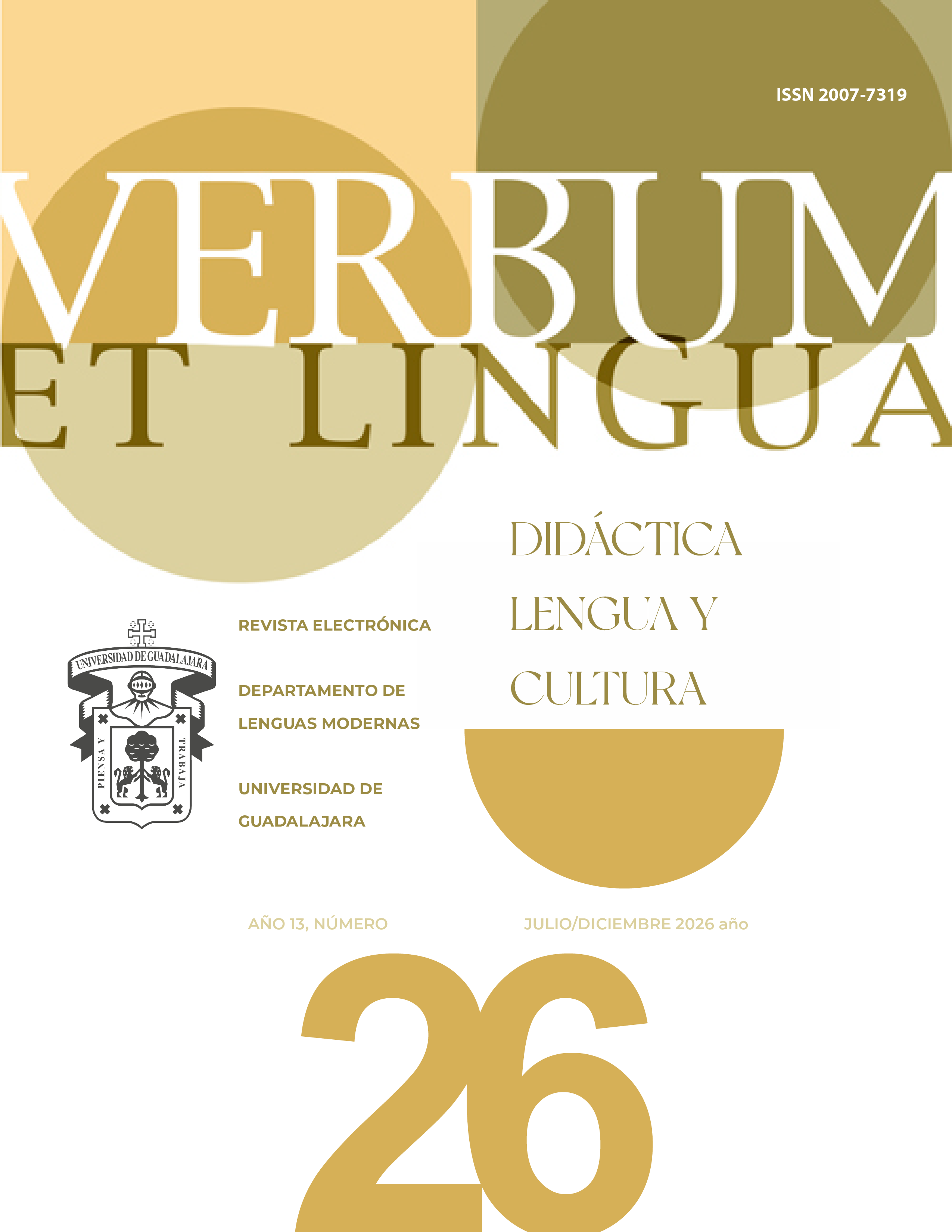Primeras nociones para la elaboración de una teoría de la polifonía crítica y su configuración: un ejemplo de aplicación en Antígona González (2012), de Sara Uribe
DOI:
https://doi.org/10.32870/vel.vi26.264Keywords:
Polifonía, Crítica, Necroescrituras, Antígona GonzálezAbstract
This paper presents the initial notions for the development of a theory of critical polyphony and its configuration within Antígona González (2012), by Sara Uribe, based on the Scandinavian Theory of Linguistic Polyphony (ScaPoLine) and Cristina Rivera Garza's necrowritings. This critical polyphony consists of the staging of various participants in discourse through voice, which is performed through a polyphonic configuration that represents social phenomena surrounding forced disappearance in Mexico. The ScaPoLine provides notions that allow us to describe the polyphonic configuration present in Antígona González and how it gives meaning to the work of its structure. Meanwhile, concepts from necro-writings and practices of communalism by Cristina Rivera Garza help us relate how polyphony is constructed in the social context from which it is written about, challenging other forms of literary production in order to question social issues marked by violence.
Downloads
Metrics
Downloads
Published
Versions
- 2025-07-02 (2)
- 2025-07-01 (1)













